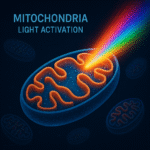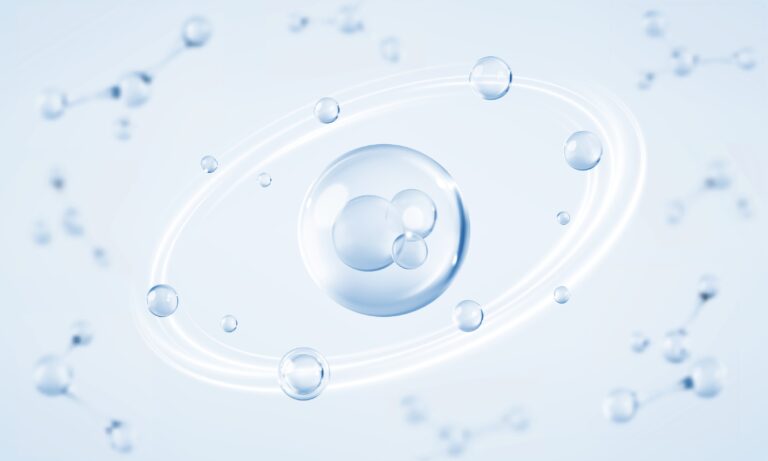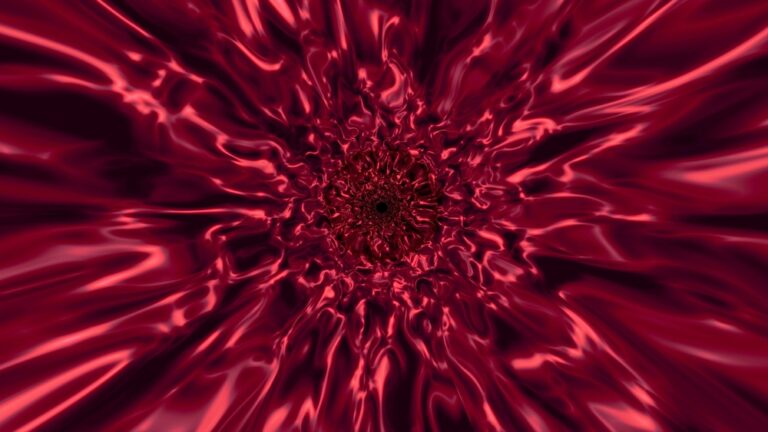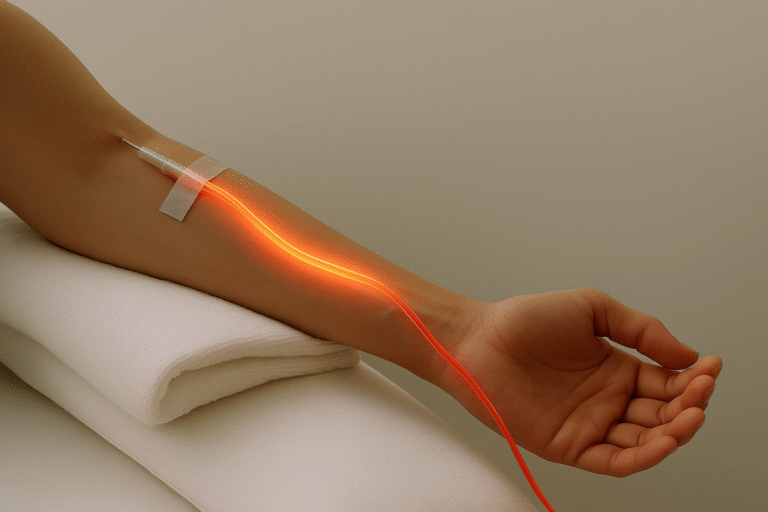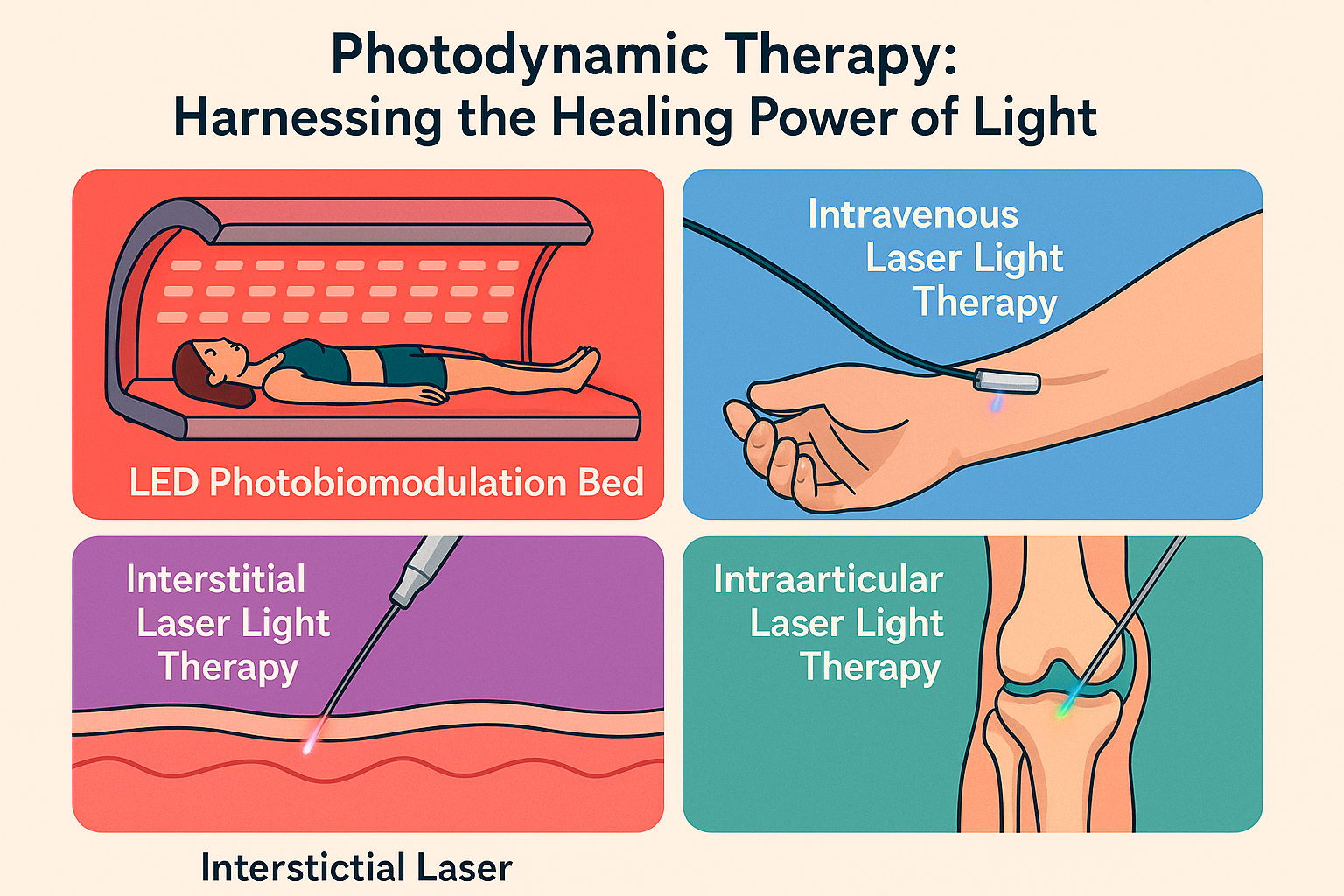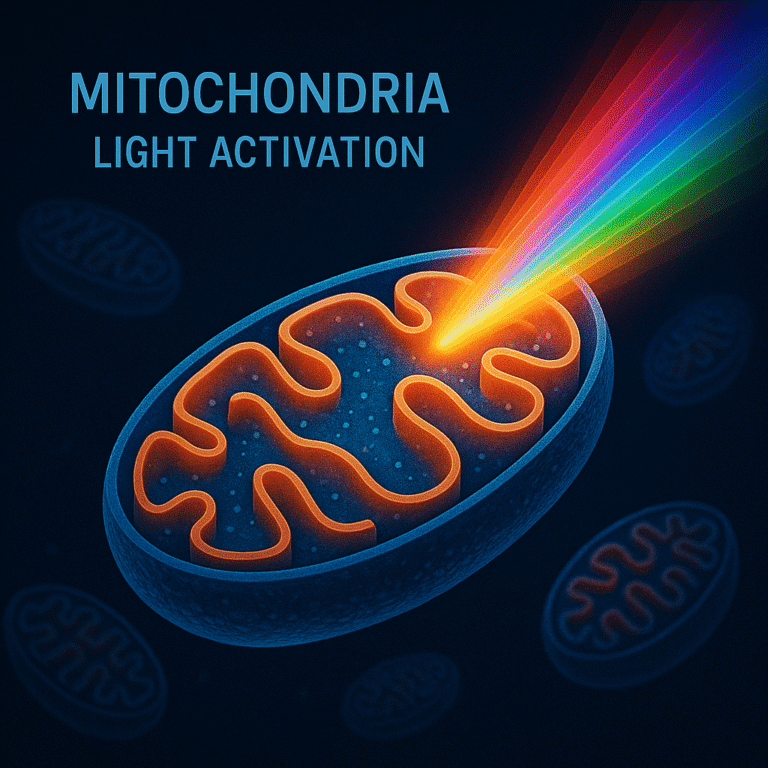When we think of light therapy, we often picture red LED panels or full-body beds that bathe the skin in soothing light. But what if that light energy could be delivered directly into your bloodstream?
Enter Intravenous Light Therapy, also known as Intravenous Laser Blood Irradiation (IV LBI)—a cutting-edge form of photobiomodulation that brings the power of light to a whole new level.
🌈 What Is IV Light Therapy?
IV light therapy involves delivering specific wavelengths of light—such as red, blue, green, yellow, or ultraviolet—directly into the bloodstream through a fiberoptic catheter. It’s a gentle and innovative approach that’s gaining attention for its wide range of potential wellness applications.
Unlike external light therapies that interact with the skin, IV light therapy introduces light energy directly to the blood, where it may influence circulation, cellular function, immune activity, and more.
How Does It Work?
A thin fiberoptic cable is inserted into a vein, typically in the arm—similar to how a standard IV or blood draw is performed. As blood flows past the fiber, it is exposed to targeted light wavelengths. These light photons are absorbed by blood components, which can spark a variety of physiological responses.
This process has been explored for its potential to support:
- Cellular energy production
- Detoxification pathways
- Immune balance
- Circulation and oxygen delivery
- Neurological function and mental clarity
🌈 Color Matters: What Each Light May Offer
Each wavelength of light interacts with the body in unique ways. Here's a breakdown of what each color may support:
🔴 Red Light (630–660nm)
- Enhances circulation and oxygenation
- Supports tissue regeneration and cellular repair
- Stimulates collagen and fibroblast activity
- Explored for inflammation, skin health, cognition, hair vitality, pain, and muscle recovery
🔵 Blue Light (405–470nm)
- Antimicrobial effects; studied in the context of Lyme disease and infections
- May help with acne, skin tone, and rejuvenation
- Linked to mood balance, mental focus, and circadian rhythm support
🟢 Green Light (510–540nm)
- Improves blood flow and oxygen uptake
- May support immune system modulation and glucose metabolism
- Associated with reduced inflammation, better cognitive function, and performance optimization
🟡 Yellow Light (570–590nm)
- Often linked with serotonin activation and hormonal balance
- Supports detoxification and may help with skin redness (rosacea)
- Explored for fatigue, skin health, and mood enhancement
🟣 Ultraviolet (UV) Light
- Known for its antimicrobial and antiviral properties
- May support immune function by stimulating white blood cell activity
- Has been studied for its potential to inactivate pathogens in the blood and promote detoxification
- Due to its intensity, UV light is used carefully and in very specific, low doses in clinical settings



